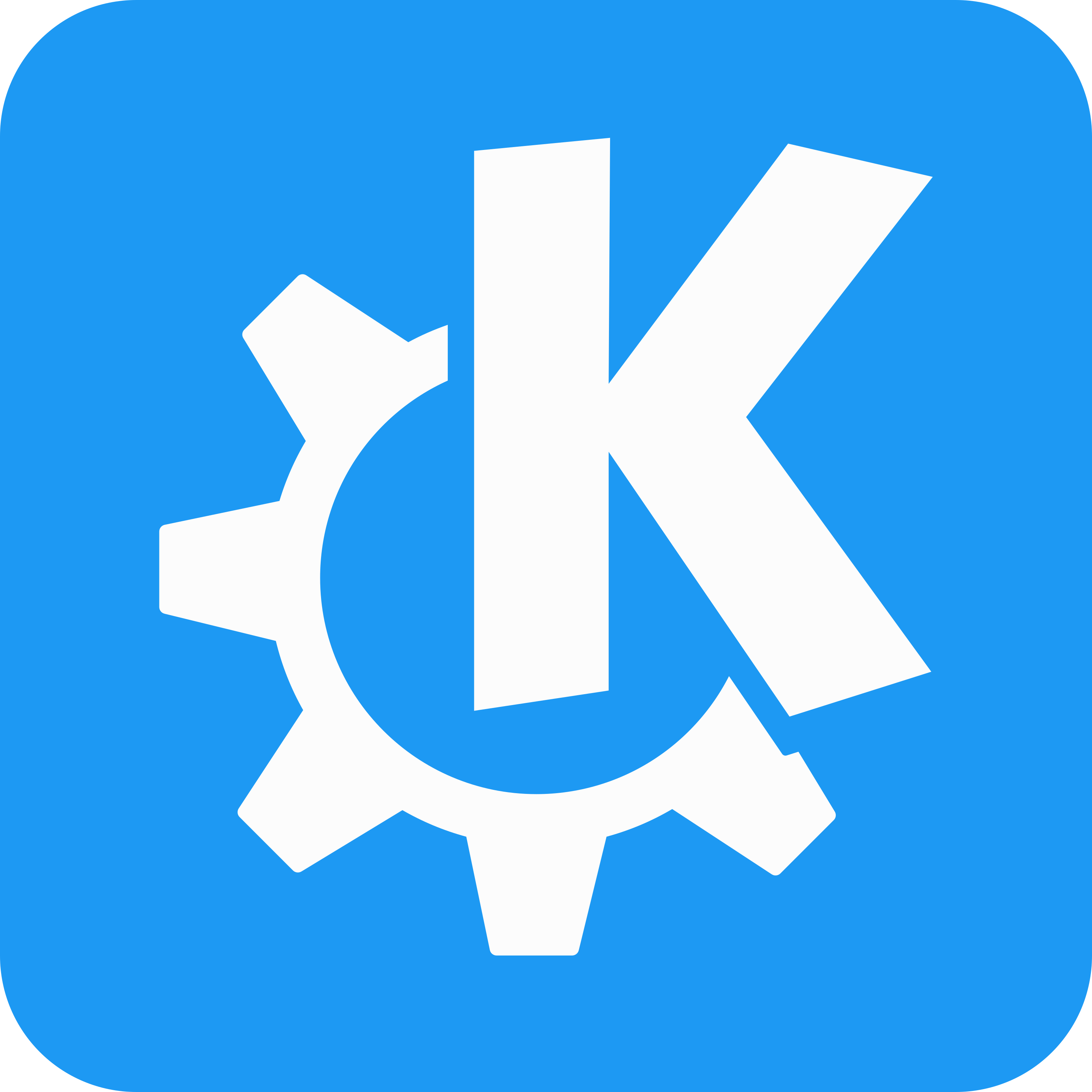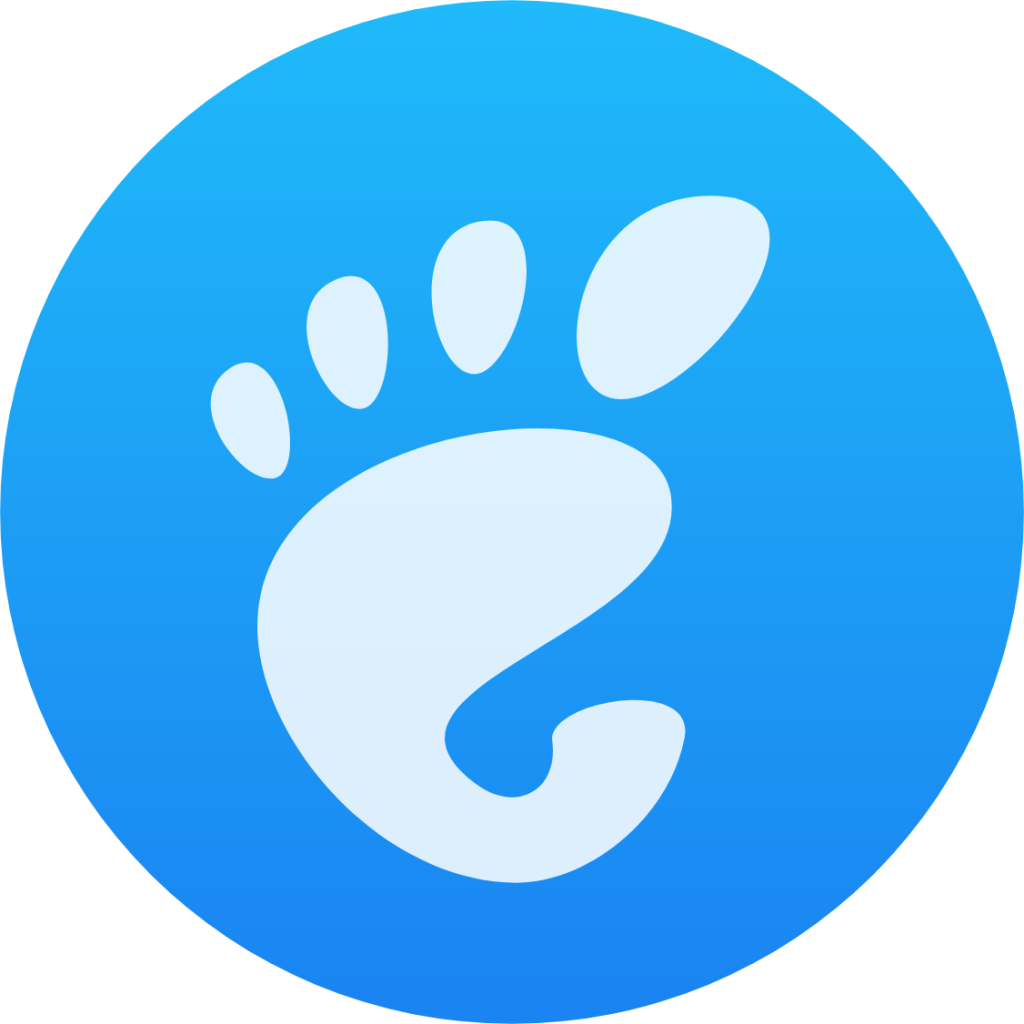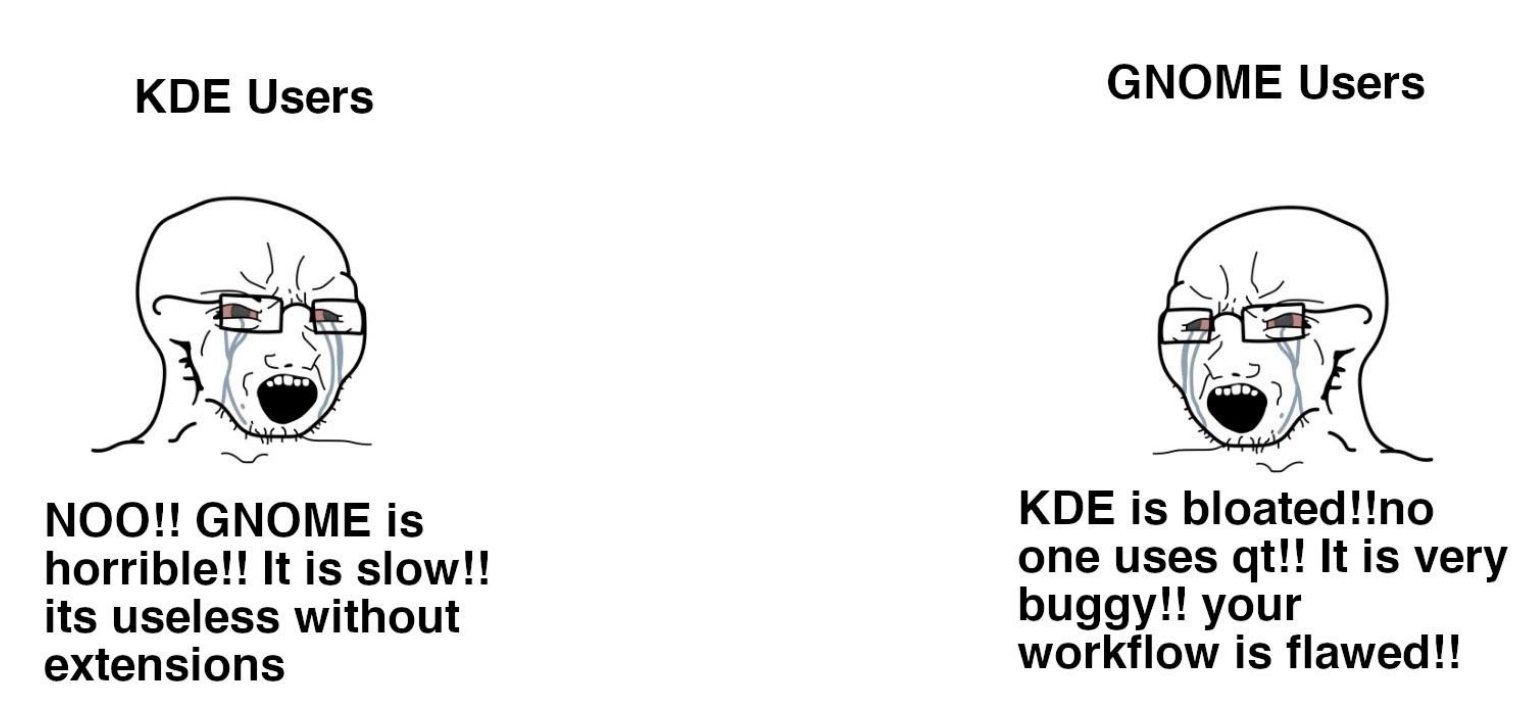The core of Linux is its desktop environments (DEs), which influence how we use the operating system. They specify how windows are controlled, menus are arranged, applications are started, and the interface’s appearance and feel. DEs like KDE Plasma, GNOME, XFCE, and i3wm each bring unique strengths and workflows, making Linux adaptable to any user preference.
Choosing a desktop environment is more than just aesthetics; it’s about crafting a workflow that aligns with your needs. For someone who appreciates design, a visually attractive DE could be ideal, while those who value efficiency might prefer a simple, keyboard-driven arrangement.
I love KDE
When I first installed EndeavourOS, KDE was the obvious choice. I fell in love with KDE when I was using Kubuntu. Its clean interface, combined with an outstanding set of built-in tools and customization choices, felt ideal for a decent Linux user. KDE Plasma’s widgets, desktop effects, and configuration choices offered me a sense of control over my environment that I had never felt before.

KDE’s ecosystem is incredibly feature-rich. The Plasma desktop offers more customisation than most other DEs. From desktop widgets to custom window rules, keyboard shortcuts, and visual themes, KDE provides an environment that can be properly tailored to the user’s vision. It even includes powerful built-in applications such as Dolphin (file manager) and Konsole (terminal emulator).
Why switch?
As I spent more time with KDE, I noticed a few issues. At times, the vast quantity of features felt overwhelming. I found myself wondering if there was something simpler and lighter that could better meet my changing demands.
Experimenting
This curiosity prompted me to investigate different desktop environments. My initial experiment involved i3wm, a tiling window manager. It was a complete shift from KDE’s visually appealing interface to a minimalist, keyboard-driven experience. i3wm taught me the importance of efficiency and simplicity, but its steep learning curve made it difficult to use on a daily basis, particularly for tasks that required a mouse-friendly configuration.

Next, I tried XFCE, which is a lightweight and extremely customisable environment. XFCE achieved a mix of minimalism and usability. Its minimal resource use made my system feel more responsive, but I couldn’t help but miss some of the modern design aspects.
Then I decided to revisit GNOME, and everything changed. When I last used GNOME with Ubuntu a few years ago, it felt inflexible, resource-intensive, and less intuitive than alternative desktop environments. But this time, I was pleasantly surprised at how far GNOME has progressed. The most recent releases included a cleaner, more polished interface, smoother animations, and a streamlined process that was far more efficient than I remembered.

GNOME’s minimalist design philosophy gave me the simplicity I was seeking without sacrificing usability. It emphasized productivity through workspace management, keyboard shortcuts, and distraction-free design. The lack of numerous customization options, which KDE focuses on, turned out to be a positive for me - it allowed me to focus on getting things done rather than constantly tweaking settings.
GNOME also felt lighter and faster compared to my previous experiences, thanks to significant performance improvements in recent updates. Its integration with Debian’s stable foundation made it a reliable and modern environment that could handle anything I threw at it. For the first time, I found myself enjoying GNOME’s workflow and its distinct design choices.
Why Debian Became My Choice
Switching from KDE to Debian was more than simply a change in desktop aesthetics; it was a chance to rediscover what I wanted from my operating system. With Debian, I’ve discovered a system that operates quietly and efficiently in the background, rather than demanding attention. It allows me to focus on what is genuinely important, whether it’s writing, coding, or even watching YouTube.

I’ve witnessed several discussions in the community: KDE is better and GNOME is slower, or GNOME is better and KDE is bloated. While these debates often boil down to personal choice, I’ve discovered that with current releases, GNOME does not feel slow to me. It has certainly improved its performance, and for my use cases, it is even little faster than KDE.
However, I haven’t fully abandoned KDE. I still use it from time to time, especially when I’m looking for a visually appealing and personalized experience. Thanks to EndeavourOS, switching between Debian and KDE is effortless - it’s literally just a single click on the lock screen to change sessions.
This KDE vs. GNOME discussion will never end - because both DEs are constantly killing it in every new release with new features and performance improvements. For the time being, I primarily use GNOME, but I’ll see if I ever return to KDE as my primary desktop environment.